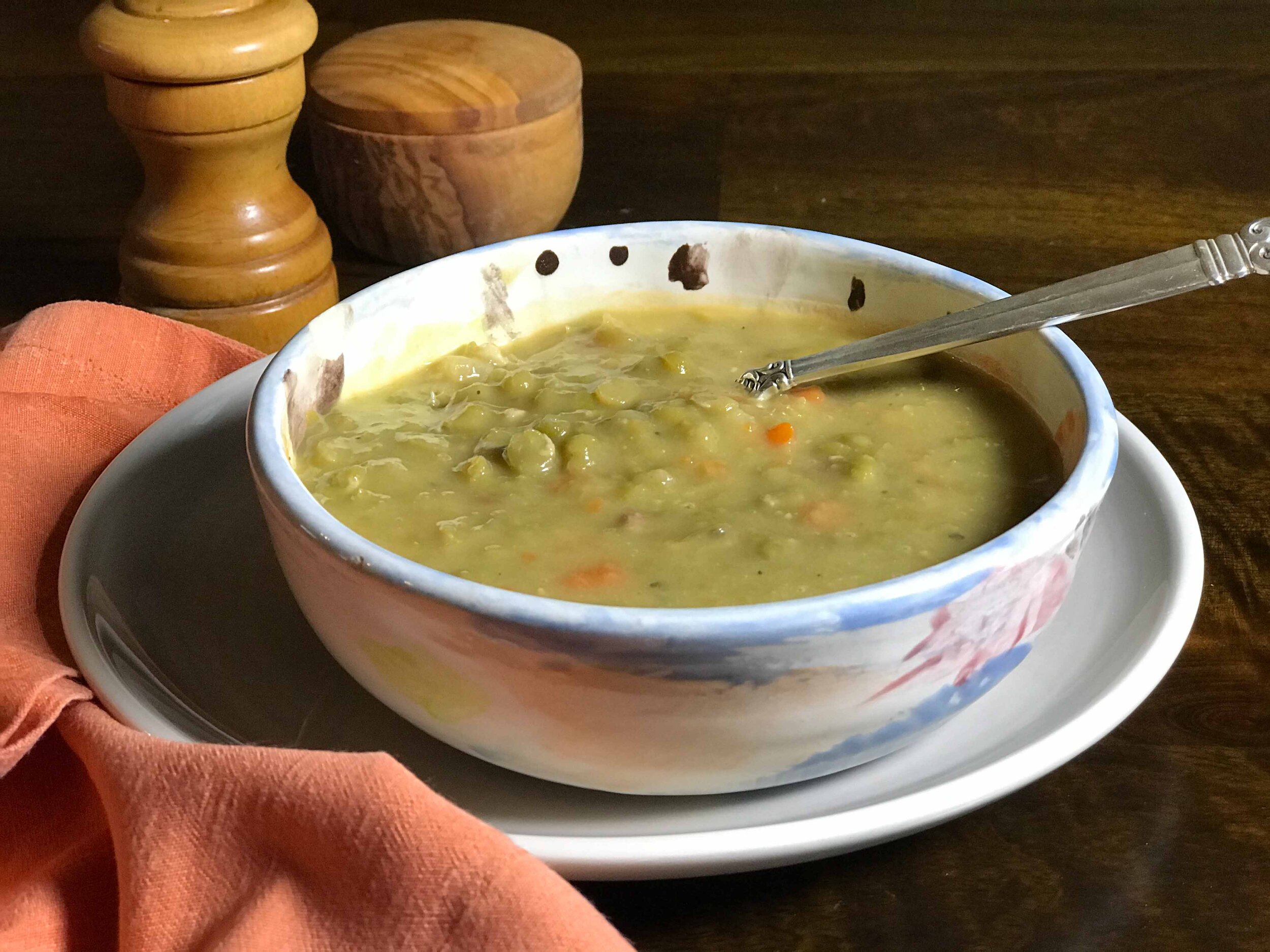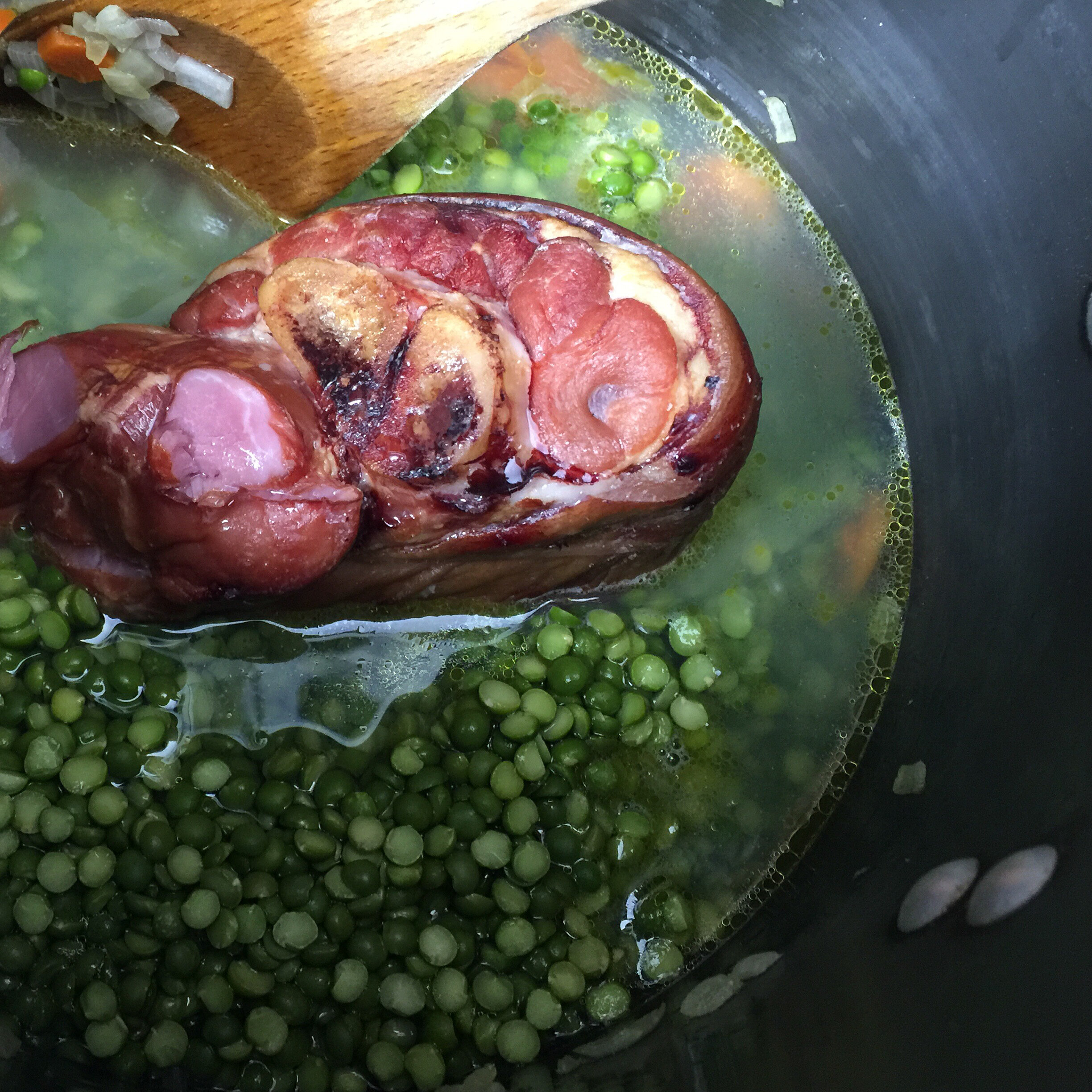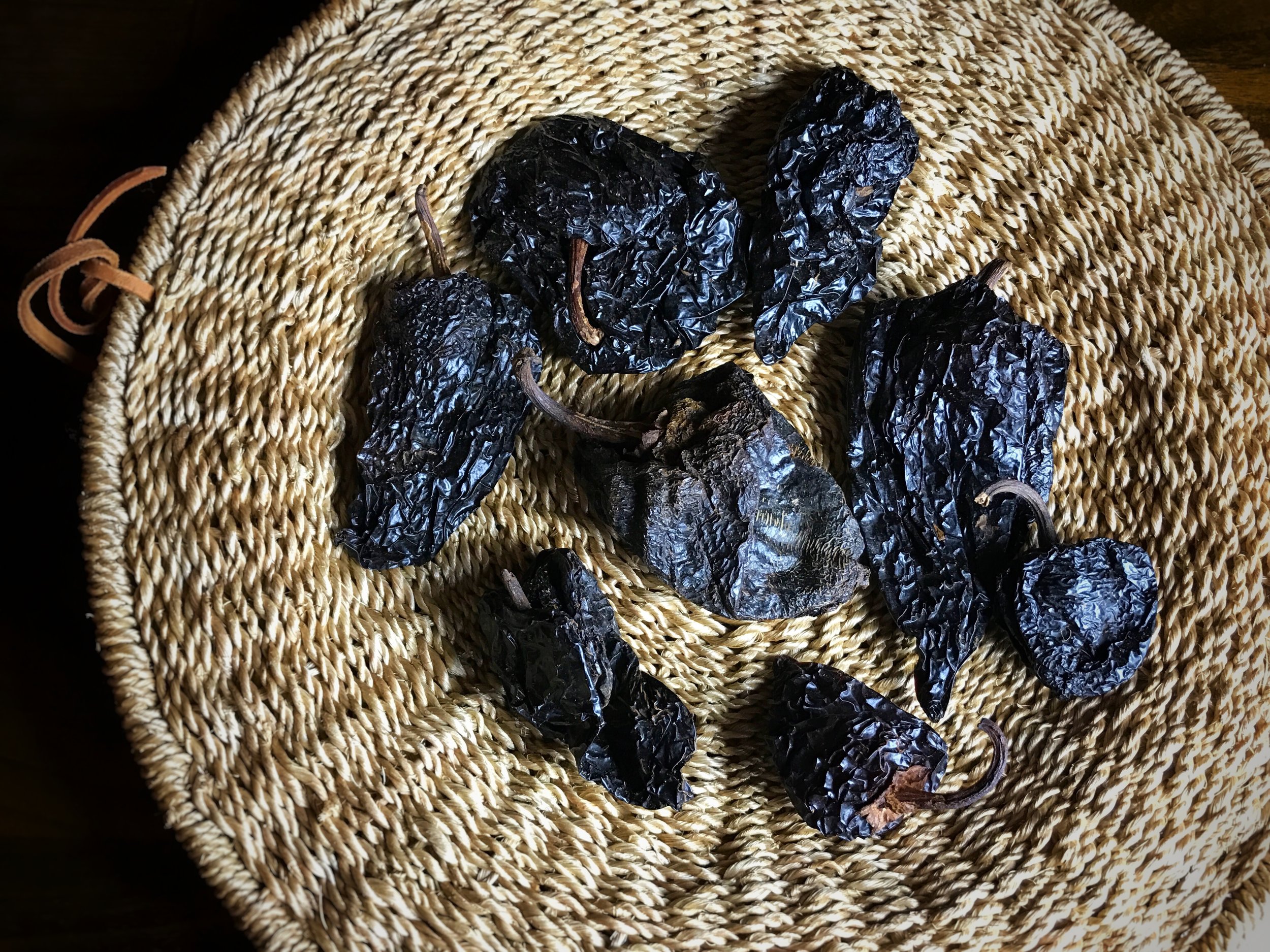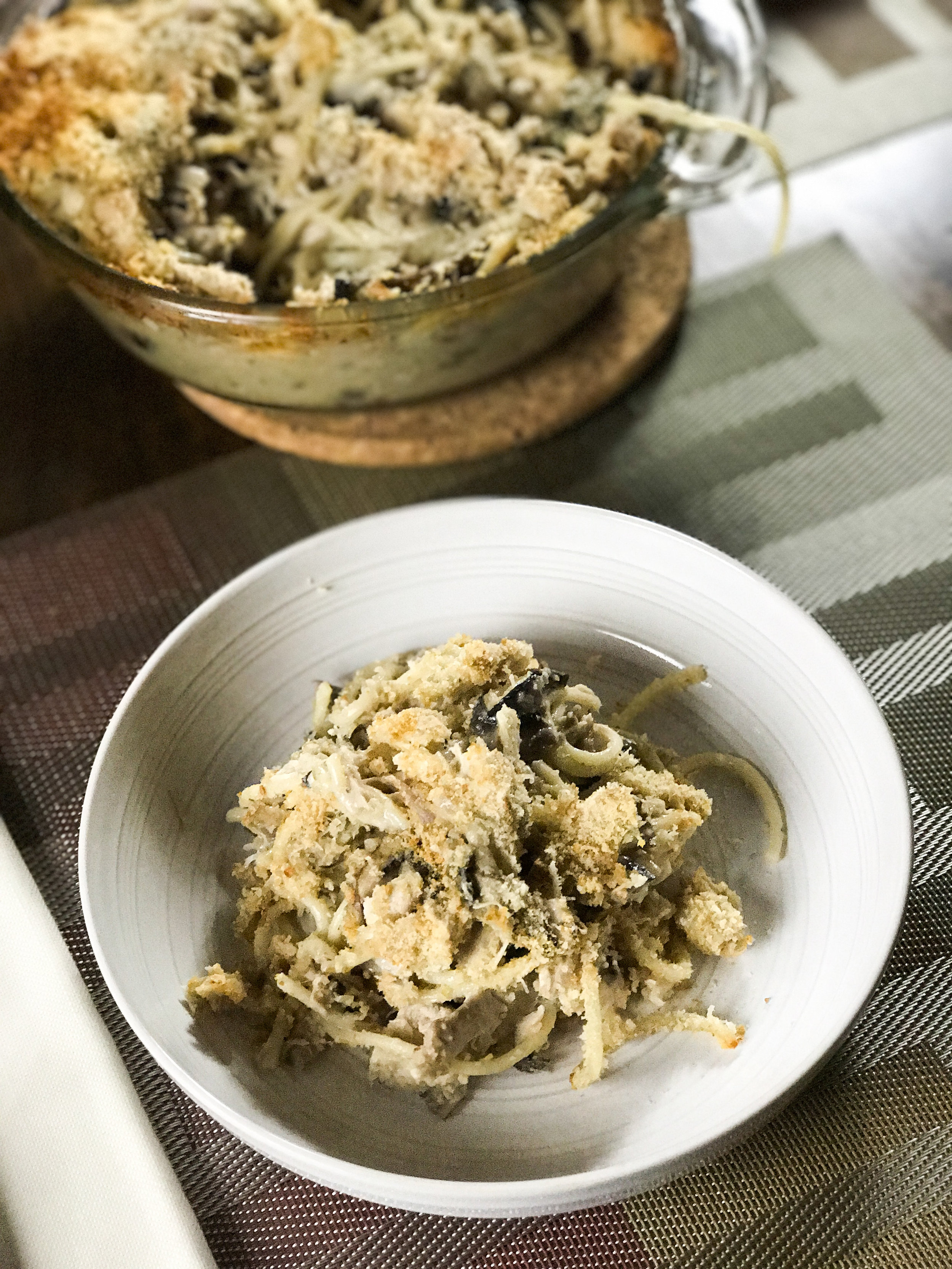You might be saying, why on earth would you look to a French chef as a guide to an iconic dish of the American South?
I suppose because I suspected Lefebvre would make it comfortable and relatable.
Which he did: So entertaining and instructive watching him butcher the chicken, as Krissy videotaped, provided commentary and read real-time questions from viewers. At some point their young daughter Rêve wandered into the kitchen, wanting a piece of chicken; she then hid in the pantry.
Ludo set up three stations for consecutive pre-fry dipping and dredging: first flour, then buttermilk, and finally seasoned flour. For the third, Ludo poured in a few spoonfuls of buttermilk, rubbing it into the flour to make it lumpy. So each piece got a dip in the plain flour, then the buttermilk and finally the lumpy flour mixture — which Ludo smushed into each piece of chicken, pressing hard to create a super shaggy coating that would form that gorgeous craggy crust. (Surprisingly, he had removed the chicken’s skin.)
The seasoning itself was pretty interesting: Most notably and unconventionally, it included a generous scoop of herbes de Provence.
He poured the oil into a Dutch oven, explaining that it shouldn’t go higher than halfway up the sides of the pot. Good, important knowledge. He talked about the importance of having the oil at precisely the right temperature: between 325 and 350 degrees F. And not frying more than two pieces at a time, as introducing chicken into the oil immediately lowers the temperature, and three pieces would lower it too much.
Watching him tend the chicken once it was in, checking its progress every couple of minutes and pulling it out when it was gorgeously golden-brown: All this was completely confidence building.
An hour later, Wylie and I were excitedly setting up our own dredging stations, heating the oil, fitting a sheet pan with a rack to received each fried piece.
We set the table. Poured ourselves glasses of wine. Checked the temperature of the oil. Dredged the first two pieces, and started frying.
How liberating! And how utterly, crunchily, juicily delicious the result. Honesly, this was some of the greatest fried chicken any of us had ever eaten; we couldn’t believe how fabulousness of the result. I felt like constant monitoring of the oil temperature was key.
Thank you, Chef, for showing us the way in.
And thank you all for reading. If you happen to fear deep frying — even just a tiny bit — I hope you’ll dive in, too. Come on in; the oil’s fine! Here’s the LudoBird Style recipe:


























































